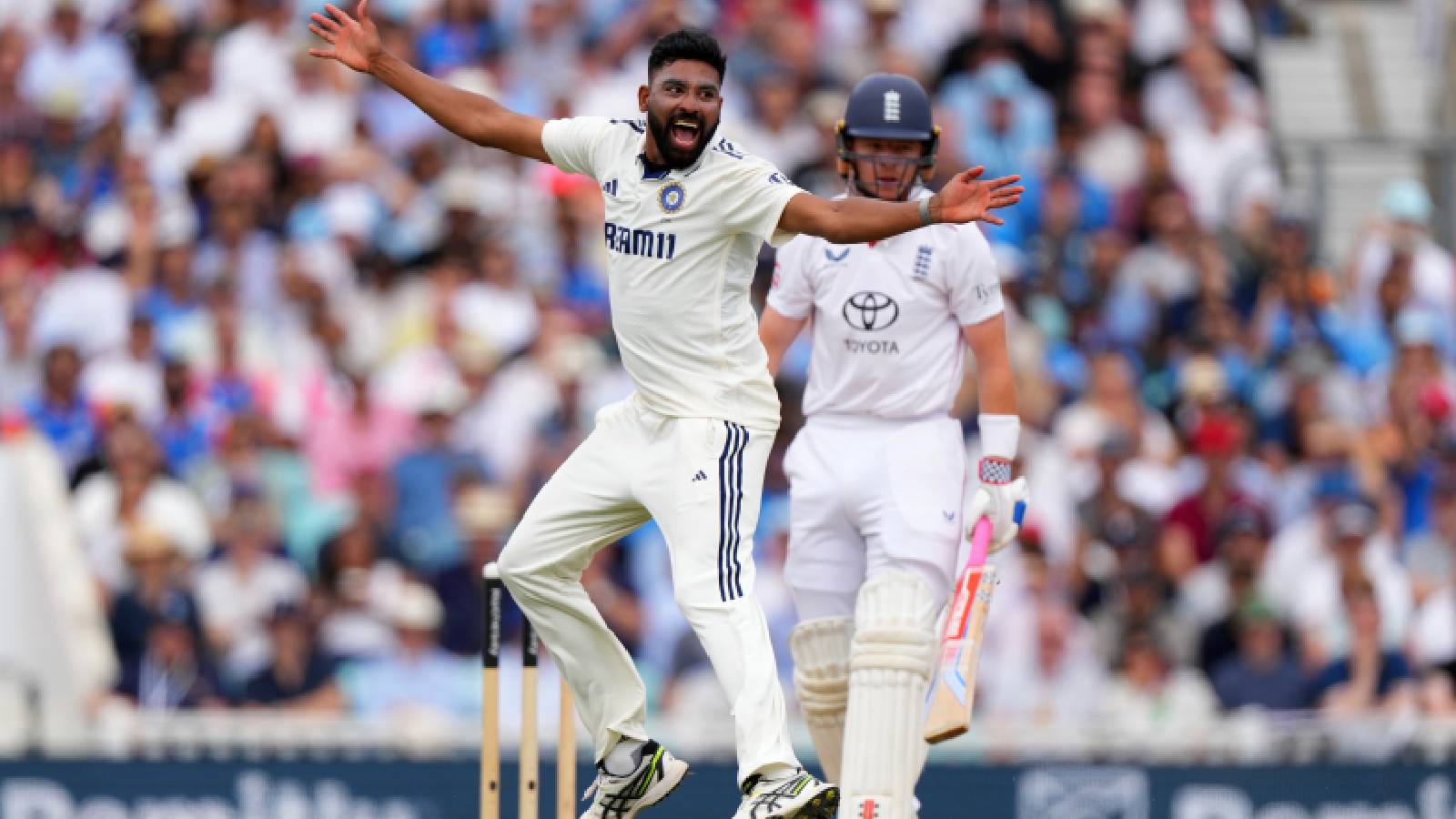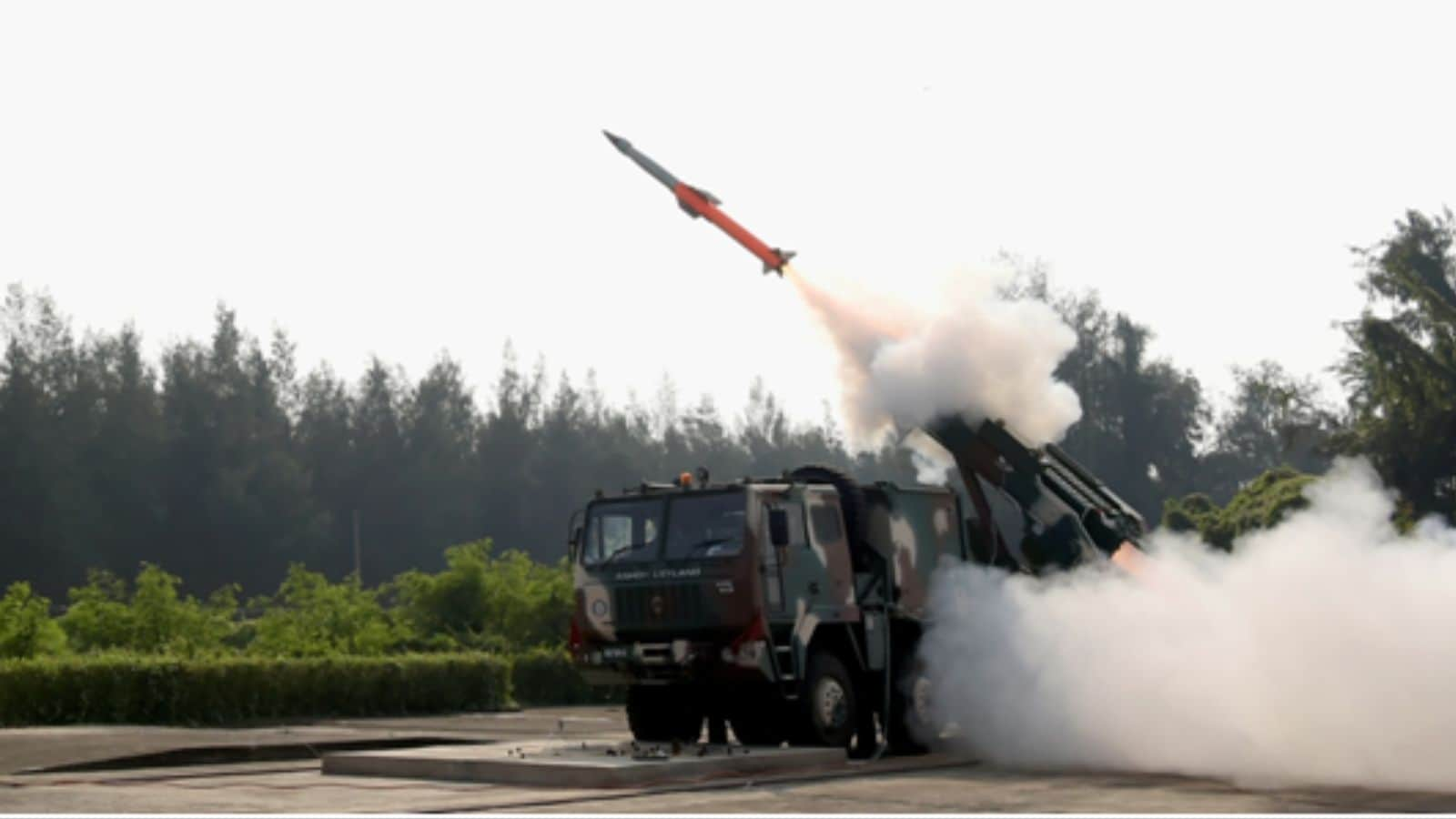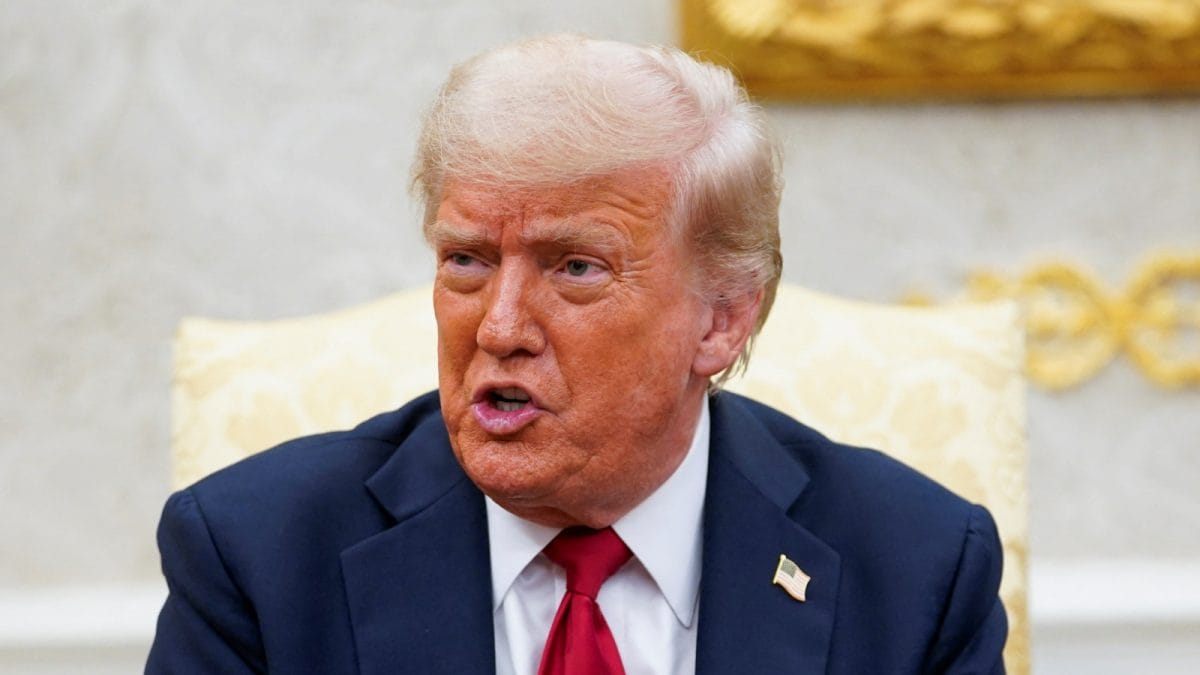ARTICLE AD BOX
In Georgia’s Batumi, the easternmost corner of Europe, Divya Deshmukh and Koneru Hump were busy battling each other for glory after dismantling China’s dominant force and some world-class individuals en route to the summit clash of the FIDE Women’s World Cup 202. Meanwhile, something unusual was unfolding in Western Europe.
In Aix-en-Provence, 14-year-old Women’s FIDE Master (WFM) Prishita Gupta was sweeping through the competition. By the time she finished the two events in France — the Paris Masters and the 2nd Dole Trophy Pasino Grand Aix Masters 2025 — her rating had soared to 2353, a staggering 135 Elo points higher than where she had begun. Prishita started July with a rating of 2218. Her performance at the Grand Aix Masters also earned her her maiden WIM norm.
Prishita’s rise is even more astonishing considering that back in 2022, she was barely rated 1300. For context, the lowest possible FIDE rating one can start with is 1000, though even that is rare, as initial ratings are based on performance in the first few games against rated opponents. From being a near-rookie to now the eighth-highest-rated Indian woman in chess, all in just three years, is both a monumental achievement and proof that Indian chess is a talent factory with no signs of slowing down.
While the 38-year-old Humpy is enjoying a second wind in her career, Divya’s World Cup triumph at 19 stresses India’s growing depth in the modern era of chess. But is it enough? Talents like R. Vaishali, Vantika Agrawal, and Divya Deshmukh are promising, but can they carry the torch for the next two decades?
 Divya Deshmukh, who hails from Nagpur and began her journey in chess with an Under-9 title, has steadily climbed the global ranks. (PTI)
Divya Deshmukh, who hails from Nagpur and began her journey in chess with an Under-9 title, has steadily climbed the global ranks. (PTI)
The landscape is undoubtedly improving. For years, India relied solely on Koneru Humpy and, to a lesser extent, Harika Dronavalli, who shouldered the dual burden of personal and national expectations. But now, it is time to turn the tide.
GM Abhijeet Kunte draws parallels between Divya’s breakthrough and the domino effect seen in Indian men’s chess after Gukesh’s World Championship victory.
“Chess in India has been dominated by Humpy and Harika for nearly 20–25 years. Humpy recently became a World Rapid Champion, adding a second rapid world title to her name,” reminded Kunte, who was the captain of the Indian women’s team at the Budapest Chess Olympiad 2024, where they claimed the country’s first-ever team gold in the most prestigious team event in the sport.
Story continues below this ad
“Both she and Harika have performed exceptionally well at the international level. However, the Women’s World Championship title has always eluded Indian players until now. With Gukesh’s recent triumph, we hope Divya will follow a similar path, ushering in a new generation that brings these prestigious titles home,” he added.
For Divya, the World Cup title brought many firsts as she not only secured a spot in the prestigious 2026 Candidates Tournament (as did Humpy) – which will decide the challenger for the World Championship title. Divya also became only the fourth female Grandmaster from India. Her coach in the past and one of India’s finest chess trainers and a Dronacharya Awardee, RB Ramesh, believes the GM title is a game-changer not just for Divya but for Indian women’s chess as a whole.
“That will be a huge confidence boost for her, especially since we don’t have many women players becoming grandmasters. Before her, India had only three,” Ramesh told The Indian Express. “Hopefully, she will inspire young girls to take up chess more seriously and professionally. She will likely be one of the youngest players in the Candidates— perhaps even the youngest,” he added.
 An elated Divya Deshmukh reacts after defeating grandmaster Harika Dronavalli in the quarter-finals of the FIDE World Cup. (FIDE/Anna Shtourman)
An elated Divya Deshmukh reacts after defeating grandmaster Harika Dronavalli in the quarter-finals of the FIDE World Cup. (FIDE/Anna Shtourman)
Depth needed
While Ramesh predicts that Divya could become India’s strongest female player with the potential to “reach a 2650 rating,” he also expresses concern about the overall depth of Indian women’s chess.
Story continues below this ad
“This isn’t a very healthy sign. On the men’s side, we have players like Praggnanandhaa, Arjun (Erigaisi), Gukesh (Dommaraju), Nihal (Sarin), and Rounak (Sadhwani)—just in India, I can name five or six players who are among the world’s top 20. That’s not the case in women’s chess. We need more young girls to take up the game seriously and pursue it professionally. Fortunately, this is already starting to happen,” Ramesh said.
“We do have some promising young girls, but it will take a few more years. I believe that in the near future, seeing players like Humpy — who is still performing exceptionally well at 38 — will help. This is good for India in the short term, as we have two strong players performing well. Now, we just need more young talent to emerge,” he added.
Players like Prishita are emerging, but as for matching China’s depth, that remains a distant dream for now. The top five players in the current world rankings are all Chinese. The world hasn’t seen a non-Chinese player claim the throne in women’s chess in the last decade, with Hou Yifan, Tan Zhongyi, and Ju Wenjun sweeping all World Championship titles since 2016. Even without the same iron grip they once held at the turn of the century, China continues to produce elite players. The next crop of talents, like Miaoyi Lu and Yuxin Song, only grows stronger with each tournament.
Breaking the Great Chinese Wall in women’s chess is India’s next big challenge. Divya’s breakthrough might just be the trigger the country needed.



.png)
.png)
.png)


























 English (US) ·
English (US) ·